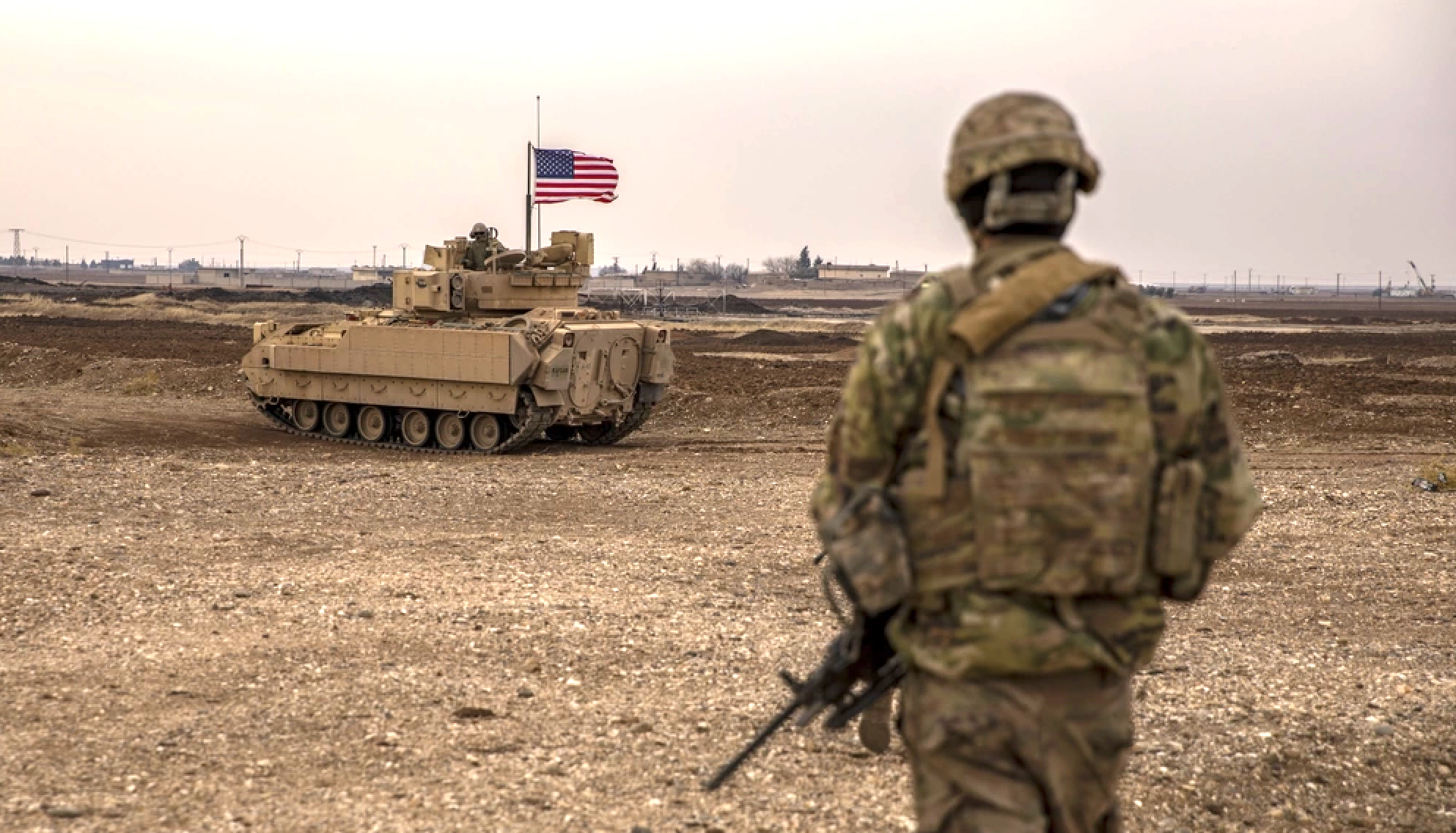The U.S. is planning to build a large new military base near Gaza for future use by an international peacekeeping force, according to Israeli news outlet Shomrim, which cited Israeli security sources.
The proposed base, which would reportedly cost $500 million and be capable of housing thousands of U.S. troops, would dramatically expand the American military’s presence in Israel. The plan also bolsters speculation that the Trump administration hopes to play a hands-on role in the stabilization and reconstruction of Gaza following reports about Washington’s growing contributions to aid provision and even housing development in the war-torn region.
The possibility of a major increase in America’s military presence near Gaza stands in stark contrast to President Donald Trump’s rhetoric on the campaign trail, according to Annelle Sheline of the Quincy Institute, which publishes RS. “Trump ran successfully on ending the forever wars in the Middle East,” Sheline said.
“Building a U.S. military base in historic Palestine is antithetical to the America First foreign policy he was elected to implement,” she added, noting that such a presence would endanger U.S. troops and increase “the possibility that the U.S. will take over Israel's illegal occupation of Palestine, potentially bogging us down in the region indefinitely.”
A Pentagon official described Shomrim's reporting as "inaccurate" in a statement to RS. "U.S. military personnel are currently working with international military partners to develop potential options for basing international troops that are part of a future International Stabilization Force," the official said. "To be clear, no U.S. troops will be deployed into Gaza. Any reporting to the contrary is false."
The exact timeline for construction is unclear, but American officials have already started scouting potential locations, according to Shomrim.
Sources in the Israeli military told the Jerusalem Post that they were unaware of or knew few details about the plan. The outlet speculated that the base could serve as a way for the U.S. to more effectively control events in Gaza and deal with various parties, including Hamas and Egypt, without having to coordinate with Israel.
The base would add to an already growing U.S. role in the reconstruction of Gaza. As Israeli forces have divided the region in two, American officials are now hoping to build housing for thousands of Palestinians on the Israeli side of the “yellow line” demarcating the two halves of the region, according to the Atlantic.
These “Alternative Safe Communities,” as U.S. officials reportedly call them, would only be accessible to Gazans approved by the Shin Bet, Israel’s domestic intelligence agency. The goal is for each settlement to include schools and a medical center in addition to housing for roughly 25,000 people. The State Department has already started awarding contracts to facilitate construction, including one to a U.S.-based company that will prepare the ground for the first town, the Atlantic reported.
American soldiers have also begun to increase their presence at a “coordination center” for aid based just outside of Gaza, according to the Washington Post.
Reports about the new U.S. base describe it as an effort to support a potential international coalition of peacekeepers in Gaza. But this wouldn’t necessarily be a United Nations-led force, as one would expect in most conflicts. While the Trump administration is seeking approval from the U.N. Security Council for a peacekeeping force, America’s proposal would place those troops under the authority of a Trump-led “Board of Peace,” according to Jewish Insider.
- $21.7 billion in US military aid has fueled Israel's war on Gaza ›
- Trump's Gaza vision would be US counterinsurgency failure 2025 ›
















